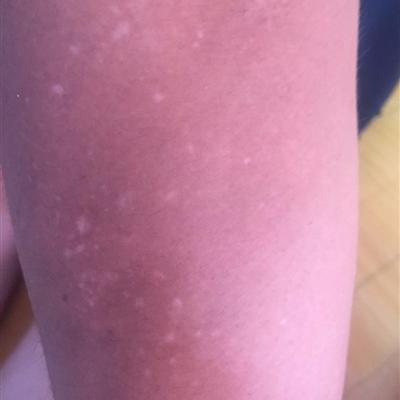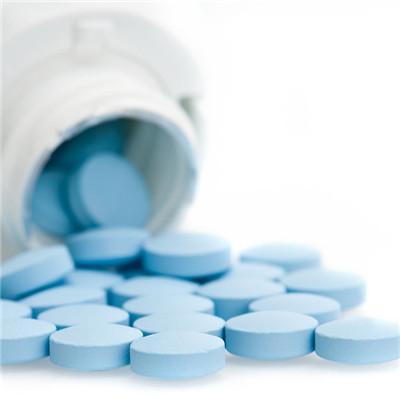Therapeutic principles of acute obstructive suppurative cholangitis
summary
Once acute obstructive suppurative cholangitis occurs, we should take active rescue measures, try to relieve obstruction, drain bile and reduce bile pressure as soon as possible while resisting shock and infection. Acute obstructive suppurative cholangitis treatment principles to talk to you.
Therapeutic principles of acute obstructive suppurative cholangitis
First, we should choose antibiotics that are effective for gram negative bacilli, but in view of the fact that these patients often have toxic shock and lead to renal dysfunction, we should avoid the use of aminoglycoside antibiotics as far as possible. In recent years, the second and third generation cephalosporins are broad-spectrum antibiotics with less damage to renal function. In addition, we should pay attention to control the mixed infection of anorexia, metronidazole is the first choice.

Second, the application of glucocorticoid can improve stress ability, alleviate toxemia and reduce the damage of endotoxin to important organs. Strengthen heart and diuresis, protect heart, lung and kidney function.

Third, the most fundamental treatment principle of acute obstructive suppurative cholangitis is to carry out effective biliary decompression and drainage as soon as possible to eliminate the dissemination of septic bile into the blood and reduce the occurrence of serious complications. It is worth mentioning that antibiotics and other emergency measures can not replace biliary decompression and drainage, it is only a support and supplementary means. At present, the methods of emergency biliary decompression and drainage can be divided into emergency surgical biliary drainage and emergency non-surgical biliary drainage.

matters needing attention
During physical examination, the patient's body temperature often rises continuously to - C or higher, and the pulse is fast and weak, reaching times / min or more. The blood pressure drops, presenting as acute severe disease, and subcutaneous ecchymosis or systemic cyanosis may appear.















